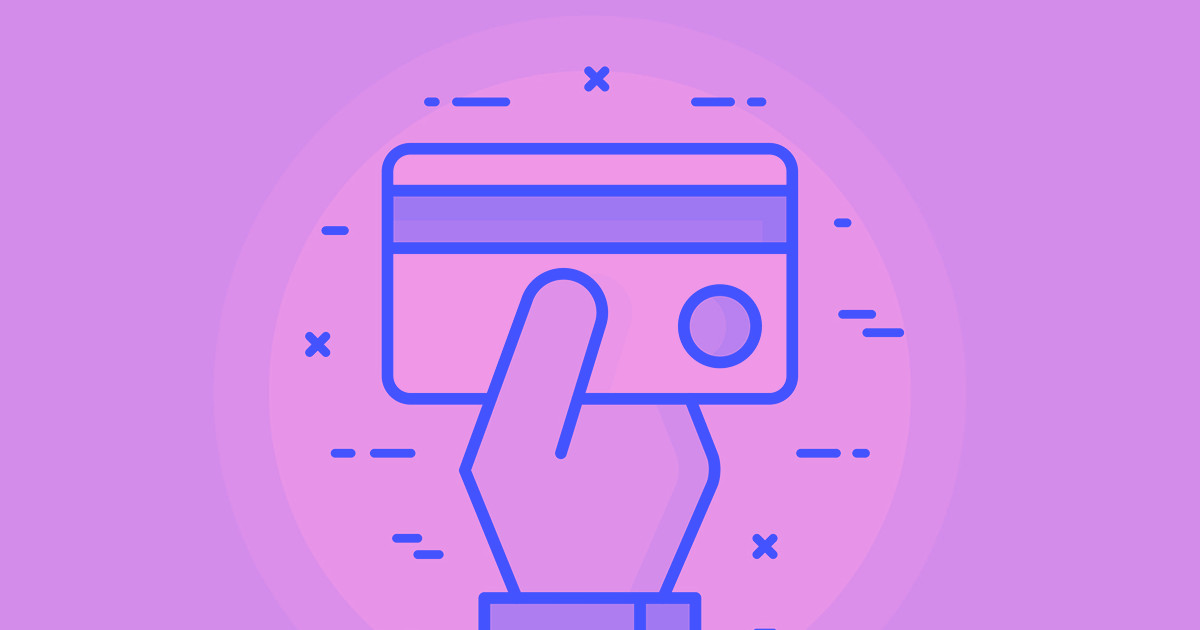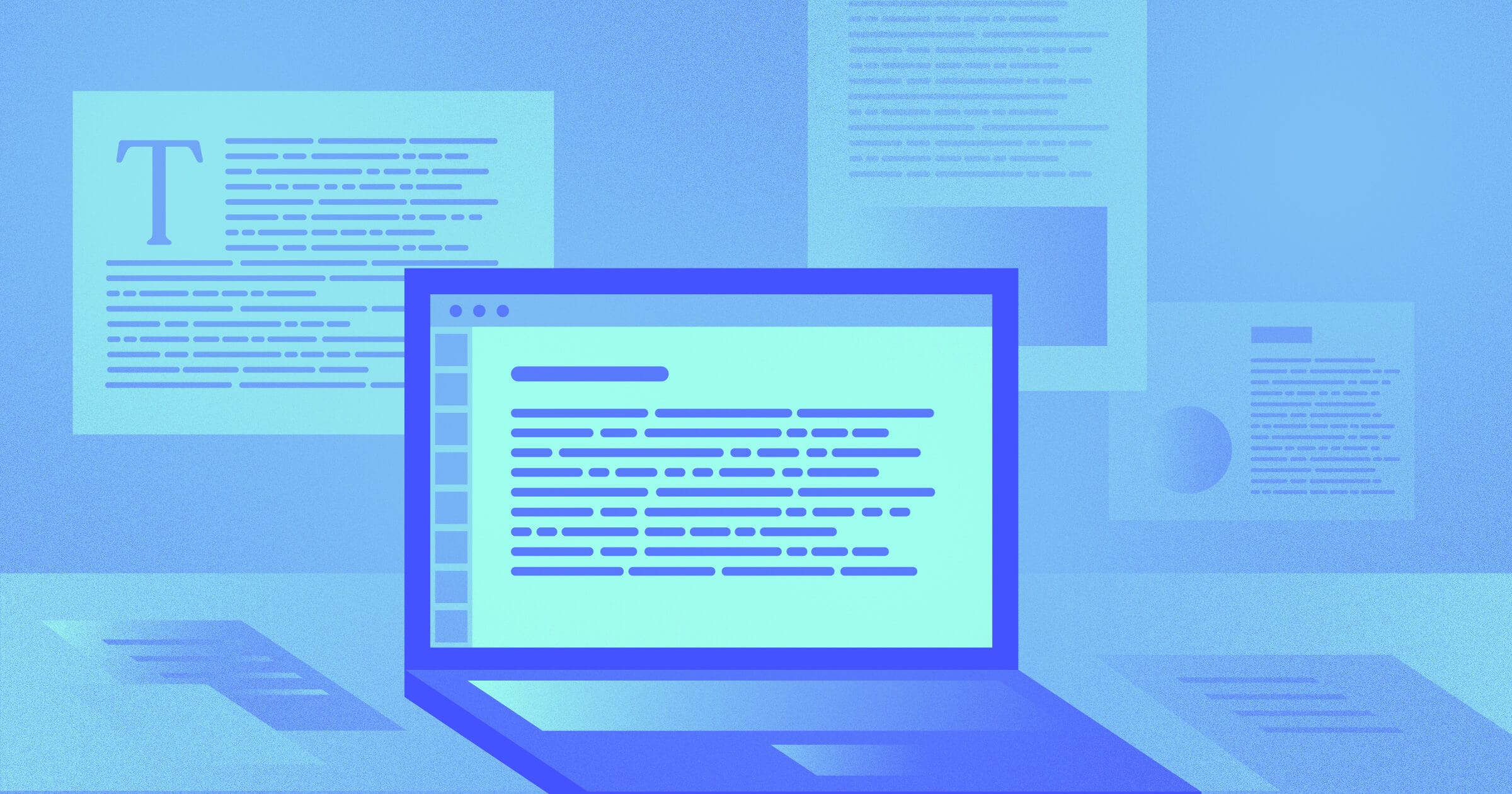Tired of your 9-5? Freelancing could be your calling.
Freelance work has quickly become the main source of income for those keen to manage their own projects and assignments.
In 2022, over 70 million Americans worked as freelancers. That number is expected to increase to 86.5 million people by 2027, making up 50.9% of the country’s workforce.
But what prompts people to work as freelancers, and how do you make the change? This guide will explain everything you need to know about how to freelance as a beginner.
What is freelancing?
Freelancing is a form of self-employment where you’re not exclusively employed by one employer or organization. Freelancers choose which clients to work with, what projects they want to work on, and how much to charge.
Freelancers also have the option to work from home rather than commuting to an office. It’s a readily available alternative: 56% of full-time employees say they can do their jobs remotely. And of those already working remotely, 97.6% of them would like to stay that way. This flexibility lets freelancers choose work environments and projects they enjoy, once they’re established.
Starting out as a freelancer is challenging — there’s no catch-all recipe for how to find freelance work.
You have to decide on a niche and hone the necessary skills to offer high-quality services in your industry. For example, a freelance content writer needs strong writing samples and demonstrated SEO knowledge. A freelance web designer requires coding skills and an engaging portfolio of previous work.
Additionally, you must build a client base from scratch, which can be difficult if you’re just starting out in your industry. Many aspiring freelancers start with part-time work and transition their business to a full-time job once they find their footing and a reliable client base.
Which freelancing jobs are best for beginners?
Various online platforms specifically designed to host freelancers allow users to create a business profile, showcase work, and look for new projects across industries. Many of these platforms are free and have thousands of registered users looking to collaborate or hire.
We’ve compiled a few examples of sought-after freelancing jobs fit for beginners to help you carve out a niche. All of these jobs are compatible with popular freelancing platforms.
Copywriter: Copywriting is a form of persuasive writing used to drive sales. Copywriters draft the text seen in company advertisements, emails, or product descriptions. This career is ideal for beginner freelancers who have the ability to put a creative spin on words and experience in business or marketing.
Translator: Fluency in more than one language is a valuable skill. When it comes to accurate translations, Google Translate doesn't cut it — many clients need professional translators to add a human touch to their content. Translation work extends to written text, speeches, movie or show subtitles, and more.
Tutor or teacher: Tutoring is an opportunity to profit from your expertise. You can offer either one-on-one tutoring or small group classes. Online platforms like Udemy also give you the option to record lessons and earn income from people paying to access the videos.
Tutoring isn't limited to educational fields, either. If you’re a skilled guitar player, you could offer beginner guitar lessons to groups of students and charge a higher rate for one-on-one sessions.
Social media manager: As of 2022, 4.6 billion of the world’s population is on social media. Many companies and organizations are using these platforms to connect with customers. A social media manager is responsible for scheduling and posting content, researching trends and hashtags, and responding to comments and messages on behalf of a business.
Being an effective social media manager often requires knowledge of specific software, like Hootsuite, Buffer, or Sprout Social. However, if you’re skilled with platforms like Facebook, Instagram, and Twitter, you have the foundation to pursue this career.
Website designer: Web design is a crucial element of website creation. A site’s appearance represents a brand's identity and entices visitors to learn about its products and services. Web designers are responsible for making a website both functional and aesthetically pleasing.
To become a web designer, you need to learn about design elements including typography, color, animations, and more.



















Build websites that get results.
Build visually, publish instantly, and scale safely and quickly — without writing a line of code. All with Webflow's website experience platform.
How to become a freelancer
Whether you’re going the part-time route or diving into full-time work, here’s a step-by-step guide to starting a freelancing career:
1. Define what you do
Before anything else, establish what your services are. Who are you as a freelancer, and what do you offer? Are you a web designer who specializes in website building for tech companies? Or does your best work come from translating Spanish dialogue in movies into English subtitles? Defining your services and personal brand sets the tone for the beginning of your freelancing career and equips you to focus on specific target demographics.
2. Choose your niche
Freelancers aren't limited to a single type of project or skill. But don’t branch out into too many different services as this can cause you to mismanage time and resources. According to a Fiverr report, 61% of freelancers specialize in 2-3 skills and 71% manage 2-4 freelance projects at any given time. In the beginning, aim to specialize in 1-2 areas and limit ongoing projects to two or fewer until you feel comfortable expanding.
When it comes to a niche, we recommend offering services in an industry you know. For example, if you work as a graphic designer at a large corporation, leaving to freelance could mean offering design services to new clients under your own brand. Once you’re comfortable with your design business, expand your offerings to include other skills.
3. Build an online portfolio
A portfolio is the place to showcase your best work. Thanks to no-code visual web development platforms like Webflow, you don’t need to be a web developer to create a digital portfolio for your business from scratch.
Building an online portfolio allows you to explain your skills, showcase your work, and connect with potential clients. For instance, a freelance illustrator could create a portfolio that shows off their best work, design a thorough “About” section with references to their education and publications, and employ a pop-up contact form to reel in new clients.
Broaden your portfolio’s reach by adding it to your social media profiles and joining sites that act as communities for freelancers and clients. You’re more likely to show up on your target demographic’s radar there than through organic searches, particularly when just starting out.
Create a profile on platforms relevant to your niche, like Webflow, Behance, and Dribbble. To maximize impact, all of your projects should be listed with relevant tags, images, and keyphrases.
The objective is to make it onto these websites’ trending pages. Once there, you’re more likely to land new clients and are in a better position to charge higher rates.
4. Set your prices
One of the benefits of freelancing is setting your own rates. In the freelancing community, these are typically in one of two forms: hourly rates or project-based rates.
Hourly rates guarantee compensation for time spent working. You're paid extra if you work longer than the number of projected hours. However, you earn less if you finish projects quickly. Because of this, many freelancers prefer project-based rates.
Project-based pricing tends to pay more per hour. Charging $800 for a project that takes eight hours to finish earns $100 an hour. Some clients might not be willing to pay a rate framed as $100 an hour, but $800 could seem reasonable for the entire project. With the project-based model, clients pay for the end product, not the amount of time spent on it.
Project-based rates do have a downside: If a project proves to be more challenging than anticipated, you aren’t compensated for any extra hours invested and your hourly earnings decrease. Any revisions your client wants for the final project also won’t be covered by this fee. As a result, it’s important to consider the nature of your work, the type of project, and your time management skills before deciding on pricing plans.
5. Promote your work
Once you’re ready to start freelancing, let everyone know!
Ask friends and family to spread the word and share your contact details. Reach out to any contacts in your industry, network, or niche and tell them about your services. Your first freelance jobs could come from people you know.
Browse through industry-specific forums online and interact with users who have problems that need solving. These interactions let you connect with potential clients and establish your knowledge and expertise. Include a link to your business at the end of the posts so someone happy with your answers can contact you for more.
Remember, networking is an ongoing process. Regularly update your portfolio and refine your brand to establish a strong digital presence that's easy to discover and remember.
How much can a freelancer make?
Freelance earnings vary based on the niche, experience, and nature of the work. With that said, a 2022 Payoneer report showed the average freelance wage was $28 per hour. The survey is based on the freelance experiences of 2,000 freelancers from more than 100 countries. Those same findings revealed the average hourly rate for freelance work had increased to $28 from $21 just two years prior.
Tips for beginners
You’re almost set to begin working as a freelancer. However, if you plan on making the jump from a full-time job to being a full-time freelancer, remember these things.
Take expenses and taxes into consideration. As a freelancer, you run your own business, meaning you pay the relevant income and business taxes. You also don’t have access to company dental or health insurance, meaning you have to buy into plans or pay out of pocket. Depending on the type of work, you might also require dedicated software or equipment to deliver high-quality services, which could get pricey. Save a share of earnings for tax, insurance, and work-related expenses.
Don’t do your job for free. It may be tempting to offer your services for free to build up a portfolio and gain clients’ trust, but doing so would be a disservice to yourself. Plus, many freelance platforms prohibit users from offering free work. Instead, create a sample or two representing your skillset. If potential clients are hesitant, ask to be hired and paid to create a client-specific sample at a reasonable price so they can see if your work matches their interests. If they're happy to proceed, negotiate an agreement based on your rates and continue with your services.
Maintain a good relationship with clients. Finishing a project doesn’t necessarily mean the working relationship with a client is over. Once you complete a project, thank the client for hiring you and offer them a discount if they decide to use your services again or refer other companies to your business. Returning clients save you the time and energy of finding new ones. Don't forget to ask satisfied clients for positive testimonials for your website and other platforms.
Start your freelancing journey
Aspiring freelancers need strong first impressions to score clients. Building a solid digital presence is a crucial step to achieving this, and it all starts with a website. Your freelance business portfolio site is a living, breathing resume that represents you and your work.
With visual web development options like Webflow, you can build a stunning portfolio site to kickstart your career, no coding necessary. Check out our 21 day design portfolio course or freelance web design bootcamp from Webflow University for more guidance.































